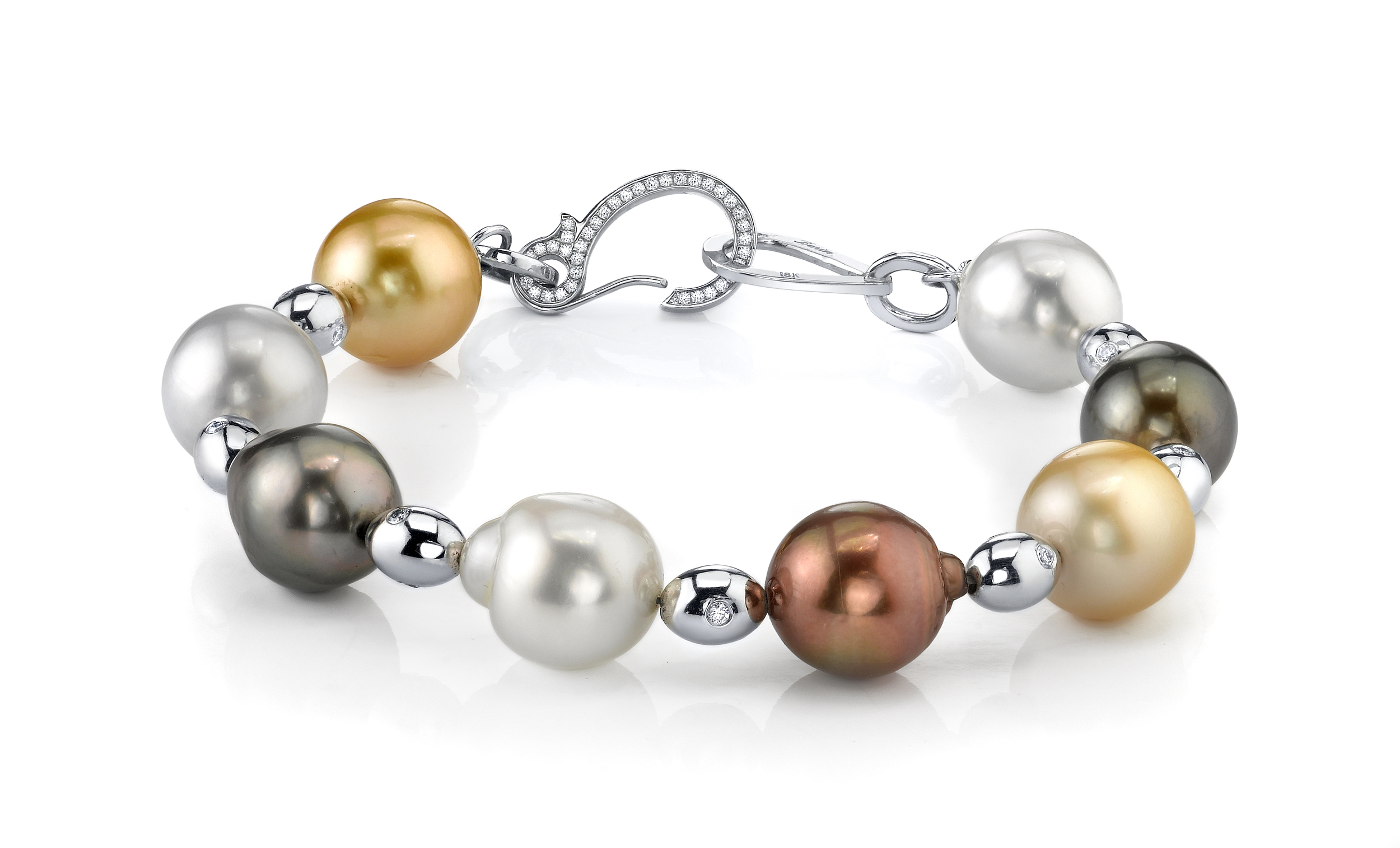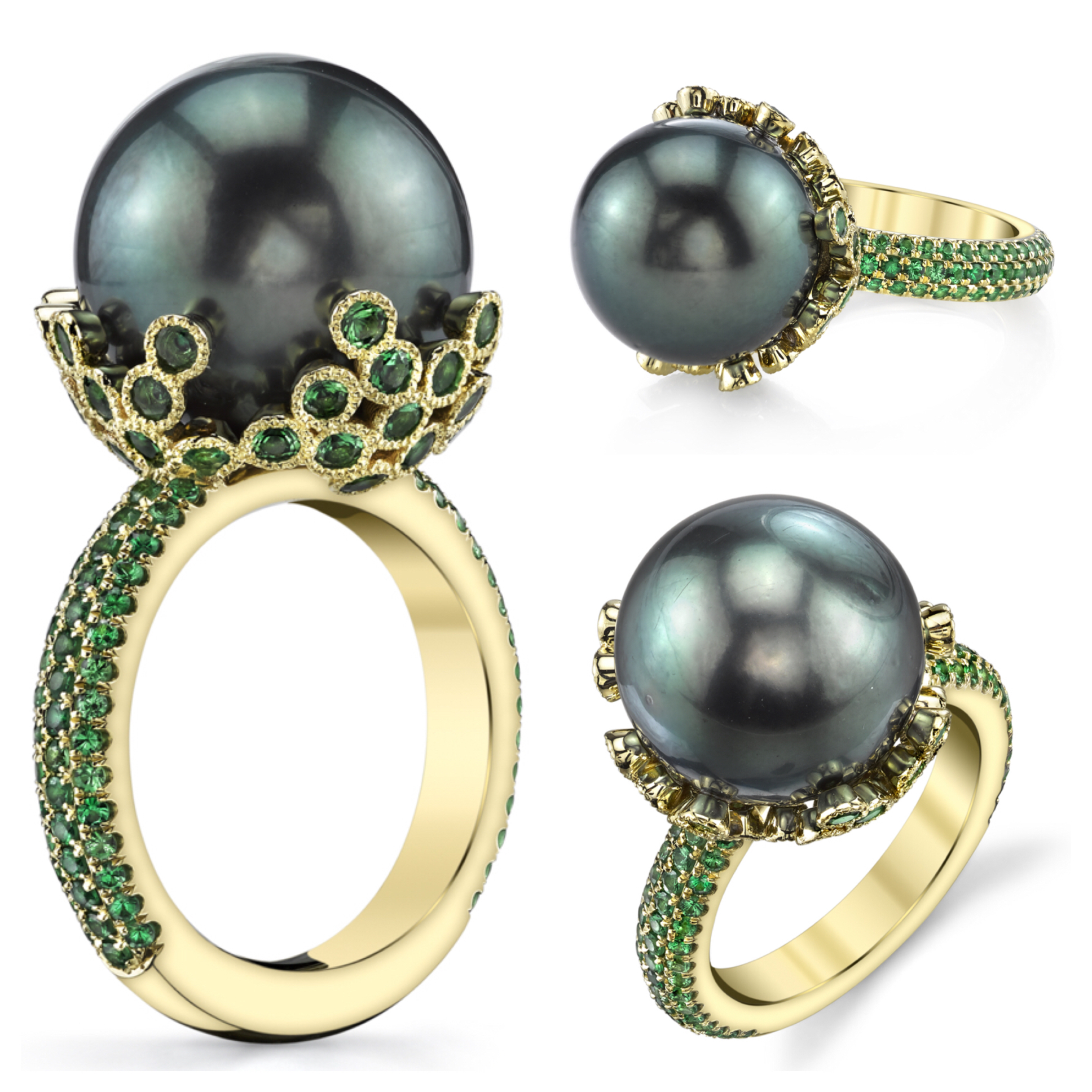August Birthstone (Peridot)
Known by the Egyptians as the “gem of the sun,” Peridot is a stone of compassion, friendly energy, and prosperity. In fact, some historians have come to believe that the emeralds Cleopatra adorned herself with were actually deep green Peridots. The first source of this regal gem was documented on a small Egyptian-owned Island, with ancient papyrus scrolls recording the mining of it as early as 1500 B.C. Further on throughout history, Peridot was used to adorn everything from a queen’s crown to a knight’s sword, making it one of the most prominent gems throughout history.
Peridot’s color ranges from pure green to yellowish green to greenish yellow. Pure green stones are very rare, with most of them being yellowish green. Peridots with the finest color tend to come from Burma and Pakistan. The stone retains its rich color even under artificial lighting, leading it to sometimes be referred to as the “evening emerald.”
Michael Barin himself prefers to work with Pakistani Peridot on account of its “darker, deeper color” when compared to stones coming from Burma, which are “more teal and opaque.” He purchased his first Peridot for his daughter, since it is the birthstone for August, and the rest, as we say it, is history.























